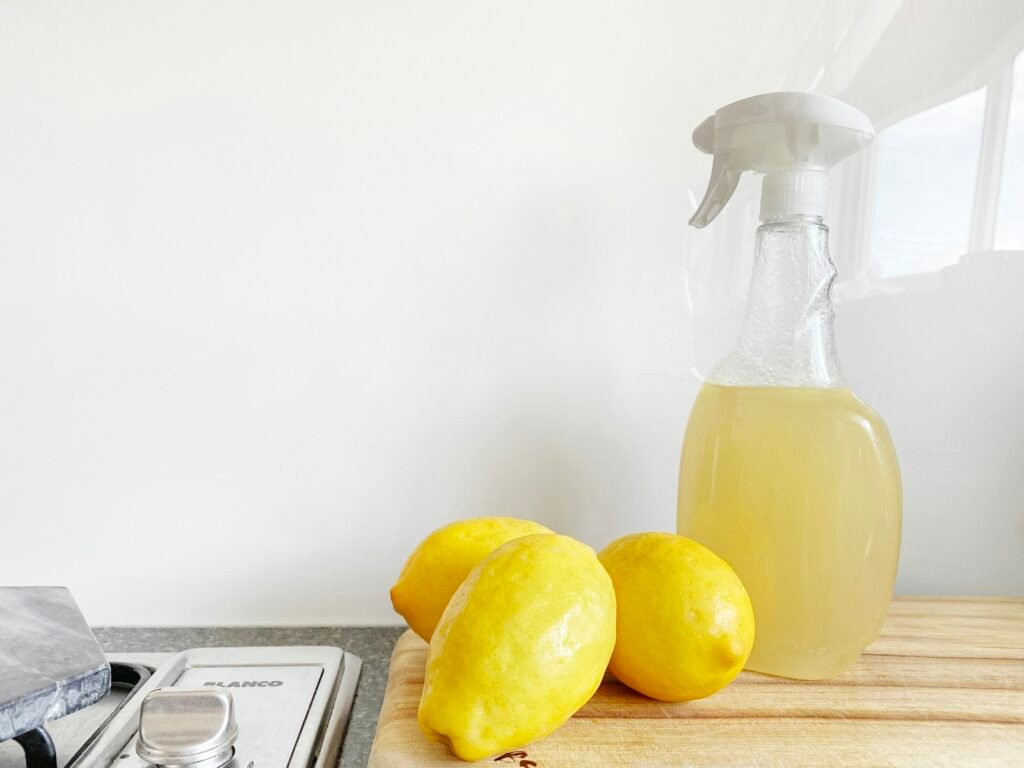Are you a gun owner looking to keep your firearm in top shape? Look no further! In this article, we will share some expert tips and best practices for gun cleaning and lubrication. Whether you’re a seasoned gun enthusiast or a new owner, taking care of your firearm is essential for its longevity and performance. From choosing the right cleaning products to understanding the correct lubrication techniques, we’ve got you covered. Let’s dive in and ensure your gun stays in pristine condition for years to come.

This image is property of images.unsplash.com.
Choosing the Right Cleaning Kit
When it comes to gun cleaning, having the right tools is essential. The first step in choosing the right cleaning kit is to consider the type of gun you own. Different guns require different cleaning methods and tools, so it’s crucial to choose a kit that suits your specific firearm.
Look for cleaning kits that include quality brushes and rods. These tools are used to remove fouling and debris from the barrel and other parts of the gun. Make sure the brushes and rods are made from durable materials that won’t damage your firearm.
Additionally, consider the cleaning solvent and lubricant included in the kit. A good cleaning solvent will effectively dissolve and remove residue, while a quality lubricant will protect your gun from wear and ensure smooth operation. Look for cleaning kits that offer high-quality solvents and lubricants for optimum cleaning and maintenance.
Disassembling the Gun
Before you can begin cleaning your gun, it’s crucial to disassemble it properly. Start by ensuring the gun is unloaded. Double-check the chamber and magazine to ensure no rounds are present.
Next, refer to the manufacturer’s instructions for disassembling your specific firearm. Every gun is unique, and it’s important to follow the proper procedures to avoid causing any damage or voiding any warranties.
Using the proper tools is essential when disassembling your gun. Invest in a gunsmithing screwdriver set, which includes various sizes and types of screwdriver bits to ensure a secure fit and prevent damage to the gun’s screws.
Organization is key when disassembling your gun. Lay out a clean cloth or a gun cleaning mat to keep all the parts organized and prevent them from getting lost. As you disassemble the gun, label each part to make reassembly easier.
Cleaning the Barrel
Cleaning the barrel is one of the most critical steps in maintaining your gun. To begin, attach a bore brush to a cleaning rod. Make sure the brush is the appropriate size for your caliber.
Apply a small amount of cleaning solvent to the bore brush. Insert the brush into the barrel and slowly push it through, making several passes to ensure a thorough cleaning. The brush’s bristles will help remove fouling and debris from the inside of the barrel.
After brushing the barrel, remove the bore brush and attach a cleaning patch to the cleaning rod. Apply more cleaning solvent to the patch and run it through the barrel, repeating the process until the patches come out clean.
Finally, inspect the barrel for any leftover debris or fouling. Use a flashlight to ensure the barrel is clean and free from any obstructions. If necessary, repeat the cleaning process until the barrel is spotless.
Cleaning the Slide and Frame
The slide and frame of your gun are also important parts to clean thoroughly. Use a cleaning brush and solvent to remove any dirt, residue, or carbon buildup from these areas.
Pay particular attention to hard-to-reach areas such as crevices and corners. Use a small brush or a toothbrush to clean these tight spots effectively. The goal is to remove as much dirt and residue as possible to keep your gun operating smoothly.
Carbon buildup can affect the performance of your firearm, so be sure to remove any carbon deposits. Use a nylon brush or carbon scraper to gently remove the carbon and prevent it from building up over time.
Once you have finished cleaning the slide and frame, wipe them down with a clean cloth to remove any solvent or residue. This will help ensure that your gun is dry and ready for lubrication.

This image is property of images.unsplash.com.
Cleaning the Magazine
Properly cleaning your gun’s magazine is essential for maintaining its reliable function. Start by disassembling the magazine according to the manufacturer’s instructions.
Using a cleaning brush and solvent, scrub the inside of the magazine to remove any dirt, debris, or residue. Pay close attention to the feed lips and follower, as these areas are prone to buildup and can affect the magazine’s performance.
Inspect the magazine’s spring and follower for any signs of wear or damage. Clean these components thoroughly and ensure they move freely without any obstructions.
Once the magazine is clean, reassemble it following the manufacturer’s instructions. Remember to test the magazine’s function before reinserting it into your gun.
Lubricating the Gun
After cleaning, it’s time to lubricate your gun. Apply a small amount of lubricant to key areas of the firearm where metal parts rub against each other, such as the slide rails, barrel hood, and trigger assembly.
Focus on friction points to ensure smooth operation and to prevent excessive wear. Using too much lubricant can attract dirt and debris, which can lead to malfunctions. Remember, a little goes a long way when it comes to lubricating your gun.
Avoid over-lubrication, as excessive lubricant can cause the gun to become sluggish or impede functionality. It’s important to find the right balance and apply just enough lubricant to keep your gun running smoothly without creating any issues.

This image is property of images.unsplash.com.
Reassembling the Gun
When reassembling your gun, it’s vital to refer to the manufacturer’s instructions. Following the proper procedures will ensure the parts are correctly aligned, preventing any damage or malfunction.
Pay close attention to the alignment and fit of each part as you reassemble the gun. If something doesn’t seem right or fit properly, take the time to troubleshoot and correct any issues before proceeding.
Before live fire, it’s essential to test the function of your reassembled gun. Perform a function check, checking the trigger pull, slide movement, and safety features. Making sure everything operates correctly will give you peace of mind and ensure the safety and reliability of your firearm.
Storing the Gun
Properly storing your gun is essential for its longevity and safety. Before storing your gun, make sure it is thoroughly cleaned and lubricated to prevent any rust or damage during storage.
Choose a suitable storage location for your firearm. Ideally, this should be a cool, dry place with controlled humidity to prevent any moisture buildup. Consider using a gun safe or lockbox to secure your gun and prevent unauthorized access.
It’s crucial to store your ammunition separately from your gun. Keep the ammunition in a cool, dry place away from the gun to minimize the risk of accidental discharge or damage.
Regular Maintenance Schedule
Establishing a cleaning routine will help ensure the longevity and proper functioning of your gun. After each use, inspect and clean your firearm to remove any fouling and residue that could affect its performance.
In addition to regular cleaning, it’s also important to perform a deep cleaning periodically. This involves disassembling the gun and cleaning each part thoroughly, removing carbon buildup, and applying fresh lubrication. A deep cleaning will help keep your gun in optimal condition and prevent any potential issues.
Safety Precautions
While cleaning your gun, it’s crucial to prioritize safety. Always treat the gun as if it were loaded, following the universal safety rules. Wear eye and ear protection to safeguard against any accidental discharge or loud noises.
Work in a well-ventilated area to prevent exposure to cleaning solvents and fumes. Proper ventilation will also help dissipate any odor or residue that may accumulate during the cleaning process.
Lastly, it’s important to keep cleaning supplies and chemicals out of reach of children. Ensure that everything is securely stored in a locked cabinet or drawer to prevent any accidents or misuse.
By following these best practices for gun cleaning and lubrication, you can ensure the longevity, reliability, and safety of your firearm. Regular cleaning and maintenance will not only keep your gun in optimal condition but also provide peace of mind knowing that your firearm is well taken care of. Stay responsible and enjoy your shooting experience!
